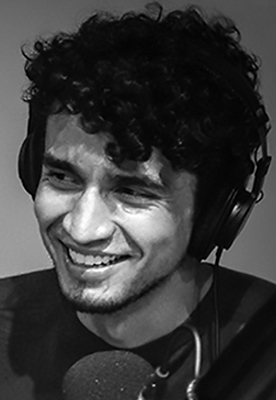33. Let’s Go to the Movies…in Another Language
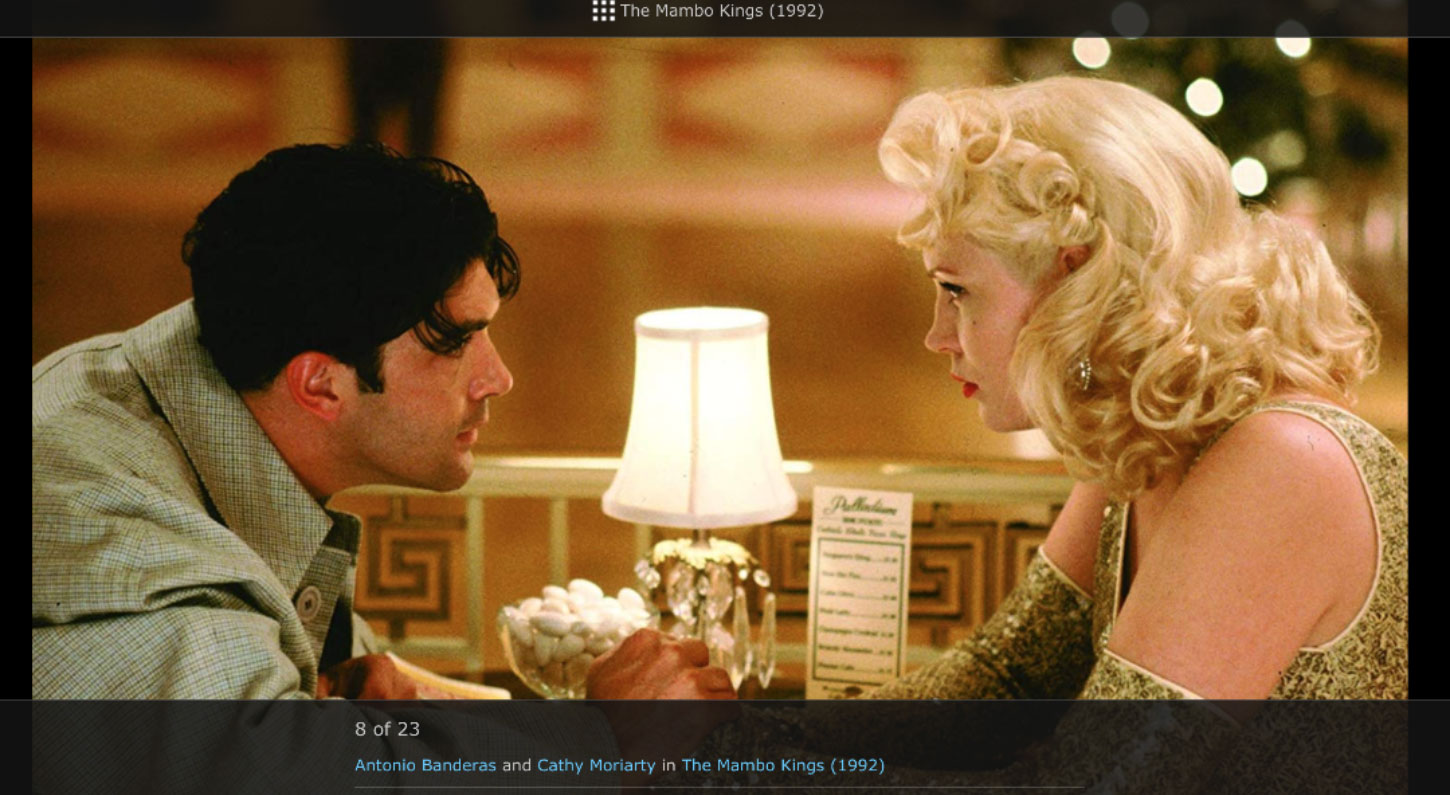
IMDB/Warner Brothers image
Immersion, say many who’ve done it, is the best way to learn another language. But moving to Florence or Fez isn’t the only way to achieve it. Movies, especially with the help of new streaming services and à la carte language options, offer a virtual language immersion where you can choose how deep to wade in—from just dangling your toe to diving in head first.
In Episode 33 of the America the Bilingual podcast, we venture into the four stages of movie immersion. I use the point of view of an English speaker learning Spanish, because that’s what I am, but you can substitute any other languages in which films are produced and translated.
Stage One: Sticking your toe in
Stage One is when you watch the movie in English but select subtitles in Spanish. At this stage you can enjoy your movie with no work at all, but sneak in a little (or a lot) of pleasurable learning. In the magnificently musical Mambo Kings, a young Antonio Banderas, with a pained expression on his face, is pleading, “Enough! Enough!” while the Spanish subtitles read, “¡Basta! ¡Basta!”
Stage One is also good when you’re watching with friends or family who are not learning your language but will put up with your subtitles. (If your couch-mates complain about your subtitles, ask them to give it a minute; once the story takes hold, subtitles seem to vanish.)
Stage Two: Standing with both feet in the water
Stage Two is the reverse of Stage One: listen in Spanish, but with English subtitles. Now you’re hearing the music of the language—the tone, the rhythm and the beauty of it, spoken by either the actors themselves or voiceover artists. You’re easily reading the English subtitles, so you can learn Spanish from the context. In the darkly beautiful sci-fi thriller In Time, we hear Justin Timberlake tell an annoying kid, “¡Largate!” and see the English subtitle: “Get lost!”
The strength of Stage Two is that you’re hearing the language you want to learn. The weakness of Stage Two is that it’s easy to rely on your reading and not engage in that productive struggle of having to make sense of what you’re hearing. Yet I still remember the exact scenes of movies where I’ve learned useful phrases in Stage Two. In The Wizard of Oz, I remember the Wizard saying to Dorothy, after they had been interrupted, “¿Donde estabamos?” “Where were we?” I have since used this expression in my own Spanish conversations.
Stage Three: Up to your chest
Wading in deeper, you arrive at Stage Three. Now you’re hearing the movie in Spanish and seeing subtitles also in Spanish. Since most of us read better than we can hear and understand, we’re likely to lean on the subtitles, but we’re getting constant reinforcement of what the words sound like, plus how they are written. Yet there’s a surprise awaiting you in Stage Three: the words you hear and the words you see may be different—sometimes markedly so.
Perhaps it’s because the actors or director ad lib from the script, or maybe the subtitles are cut down to fit on the screen. Whatever the reasons, the discrepancy can be disconcerting—but also helpful, as you learn different ways of conveying the same thing. For example, you might hear “¡Claro!” but read, “¡Por supuesto!” and thus learn that they both mean “Of course!”
Stage Four: Diving in head first
You turn off the subtitles and just watch the movie in Spanish (or whatever language you’re learning). You’ve taken the plunge. Gone is your safety net, your water wings. Now you have no choice but to try to figure out what people are saying with your ears.
Body language, facial expressions, and all the action help immensely, as they do in real life. But in the movies, you can hit rewind.
The disadvantage of Stage Four is you may miss some, or even a lot, of the nuance of the film. The advantage is that you’re simulating real life but in a safe, no-stress imaginary world. As your hearing and understanding improve, so will your confidence to speak.
We can only hold a comfortable conversation if we understand what we’re hearing. Movies, with today’s technology, provide a wonderful training ground for real life.
I don’t mean to imply that once you get to Stage Four you’ll never go for less. You may find yourself about to enjoy Stage Four for an animation but return to Stage One to enjoy a serious film that you’re watching with a friend.
I have to admit that sometimes, after watching a film in Level Three or Four, I’ve missed some of the nuance. But the stronger feeling I’m left with is that I’ve lived more of that larger, bilingual life I thirst for.
Like that good feeling we get after a workout—or a satisfying swim—watching a movie in your adopted language, at the intensity that’s best for you, is a great reward.
Hear the story
Hear more on language immersion through movies in Episode 33 of the America the Bilingual podcast, “Let’s Go to the Movies…in Another Language.” Listen on iTunes by clicking here: America the Bilingual by Steve Leveen on iTunes. Or on SoundCloud here. Steve comments on Twitter as well.
Watch the trailers
These are some of the films that Fernando and I discuss in the episode:
Find the films that speak to you
Check out the “Foreign Flick Friday” series from Lead with Languages, which features a trailer in another language every week: https://www.leadwithlanguages.org/category/films-shows/.
For Netflix users, here’s a link to help you find films from other countries and in other languages: https://www.zmonline.com/random-stuff/here-are-the-secret-netflix-codes-that-unlock-tons-of-hidden-movies-and-shows/
Credits
The America the Bilingual podcast is part of the Lead with Languages campaign of ACTFL—The American Council on the Teaching of Foreign Languages.
This episode was written by me, Steve Leveen, and produced by Fernando Hernández, who does the sound design and mixing as well. The associate producer is Beckie Rankin. Mim Harrison is the editorial and brand director of the America the Bilingual project. Graphic arts are created by Carlos Plaza Design Studio. Meet the team—including our bark-lingual mascot, Chet—here.
Support for the America the Bilingual project comes from the Levenger Foundation.
Music in this episode, “Quasi Motion” by Kevin MacLeod, was used with a Creative Commons Attribution License. Our thanks to Epidemic Sound for helping us make beautiful music together.

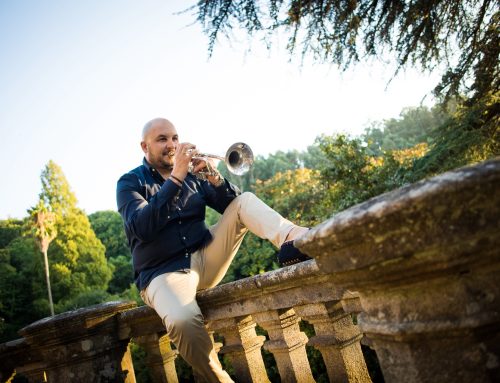
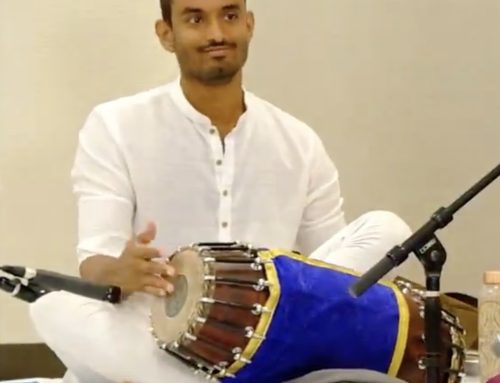

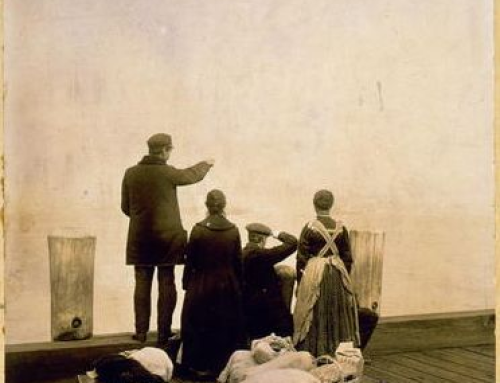
 You can book Steve for many different audiences
You can book Steve for many different audiences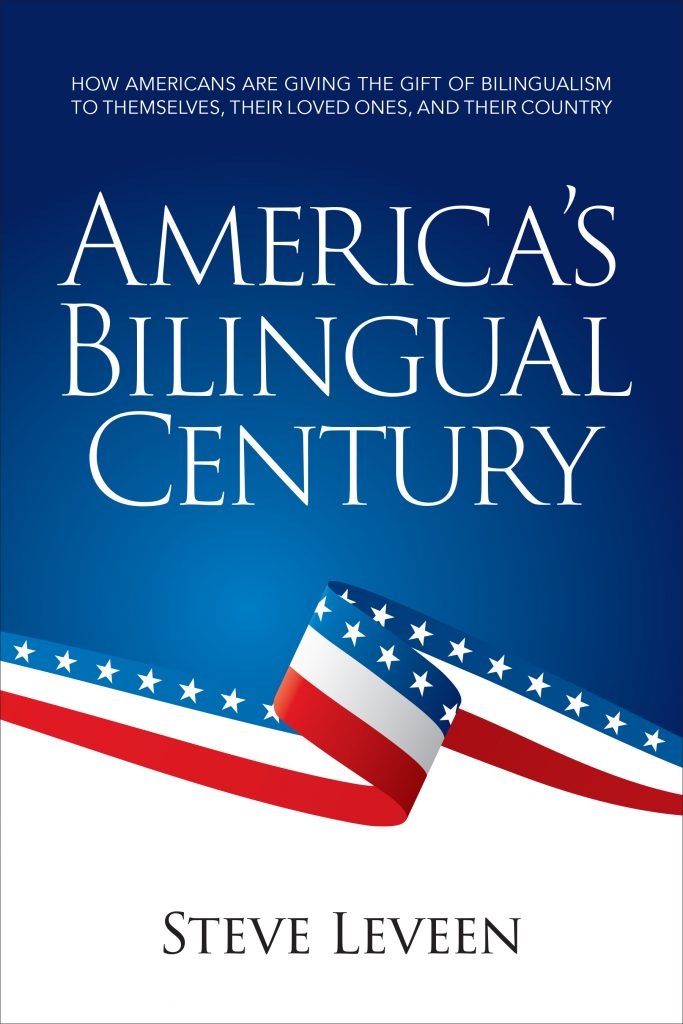
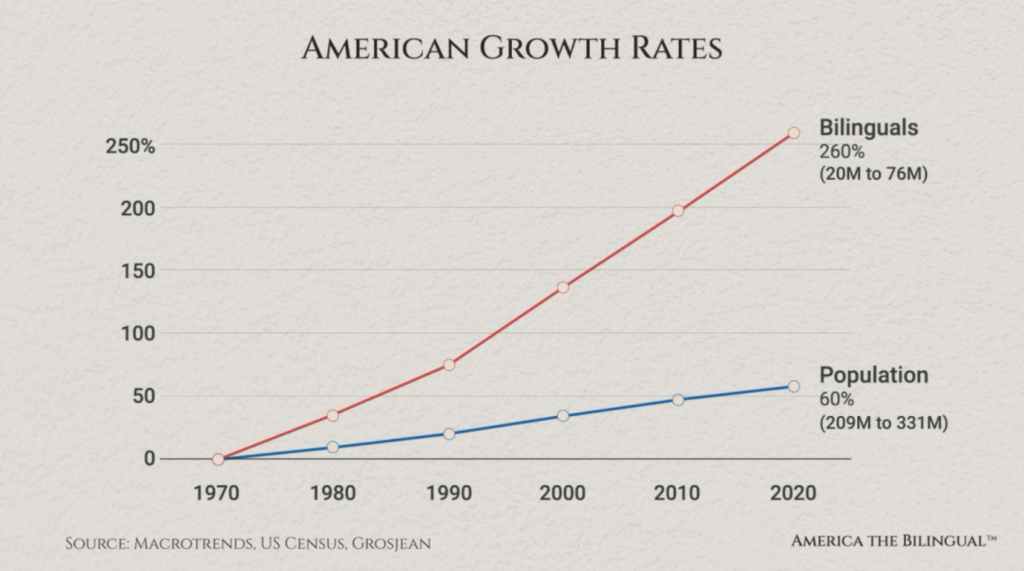
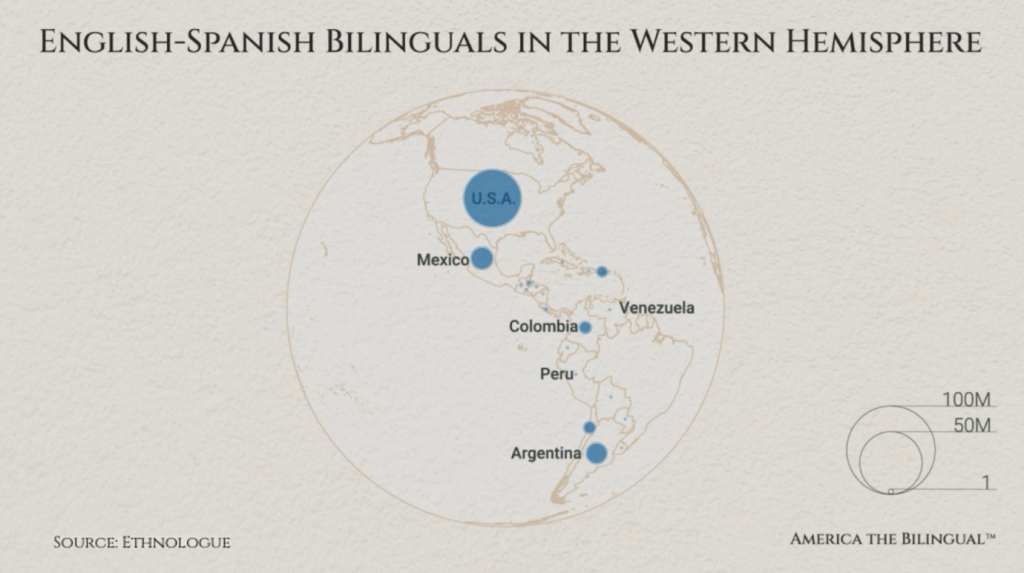


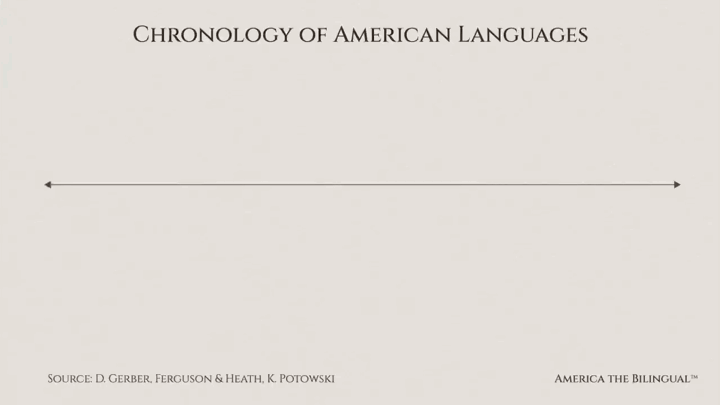


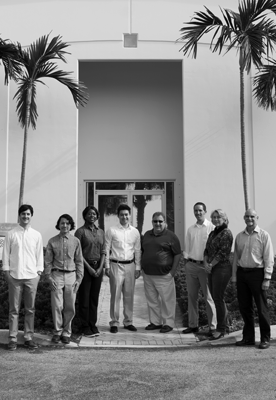
 First, know that she has one of those glorious English accents (or what all of us who are not English would call an accent), which makes her a natural for the audio book narration that she does. Although U.S. born, Caroline grew up in England and studied literature at the University of Warwick (fyi for American ears: that second “w” is silent).
First, know that she has one of those glorious English accents (or what all of us who are not English would call an accent), which makes her a natural for the audio book narration that she does. Although U.S. born, Caroline grew up in England and studied literature at the University of Warwick (fyi for American ears: that second “w” is silent).